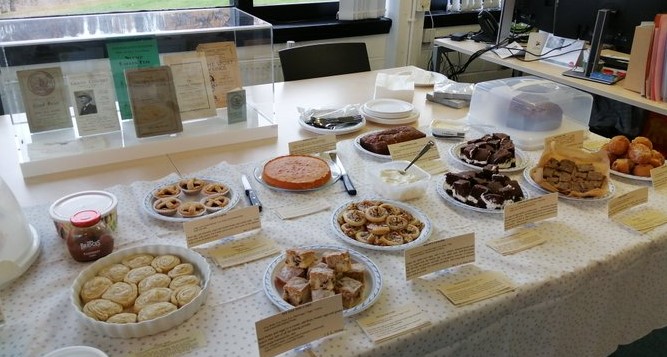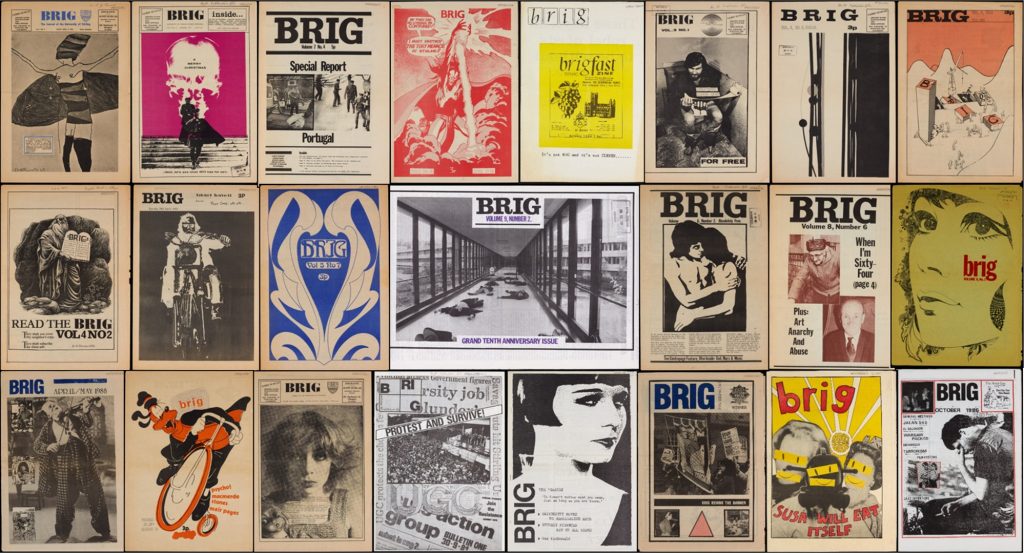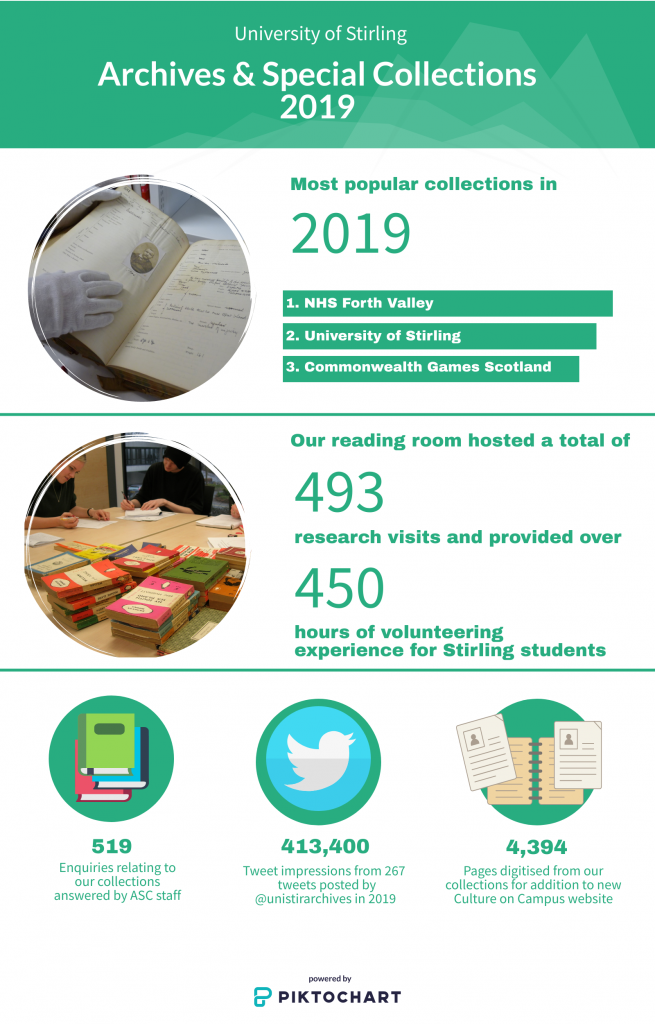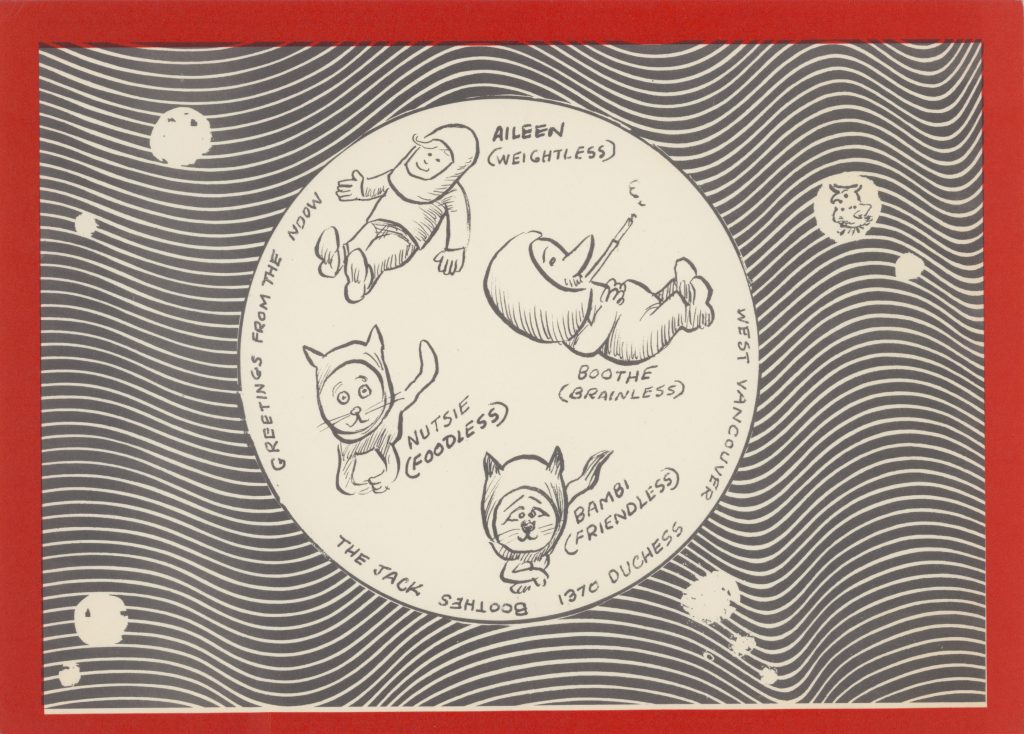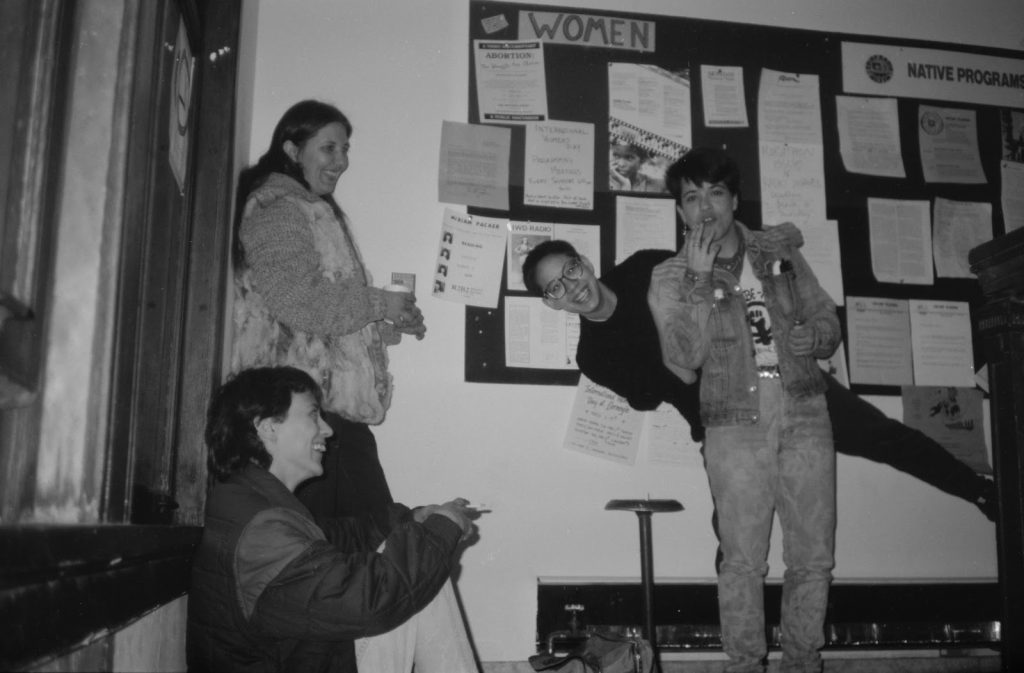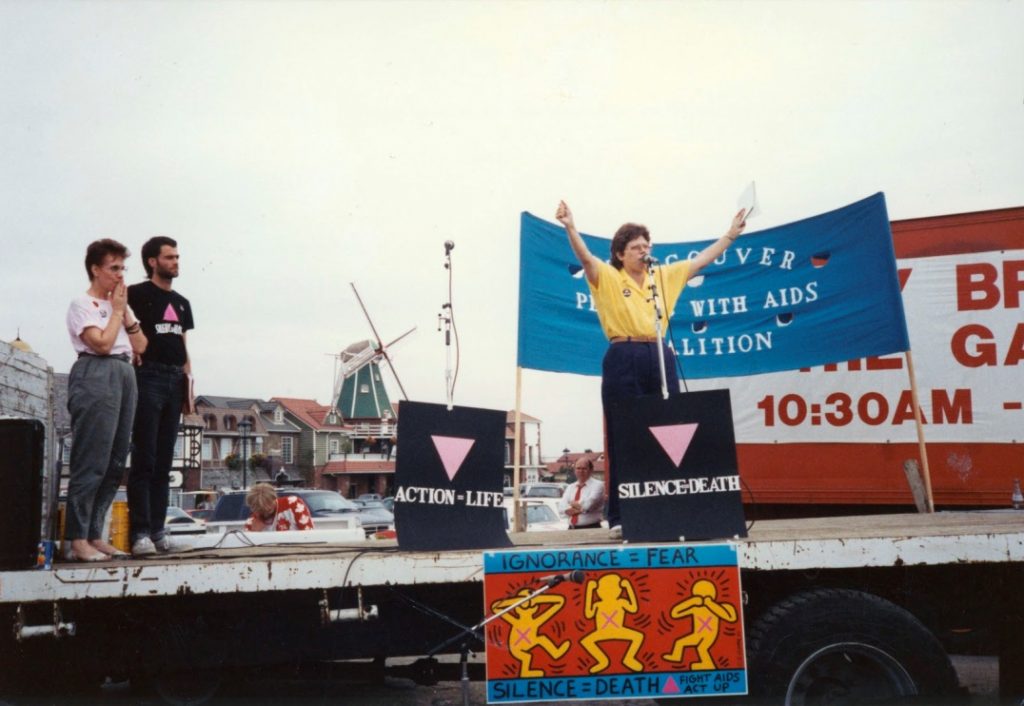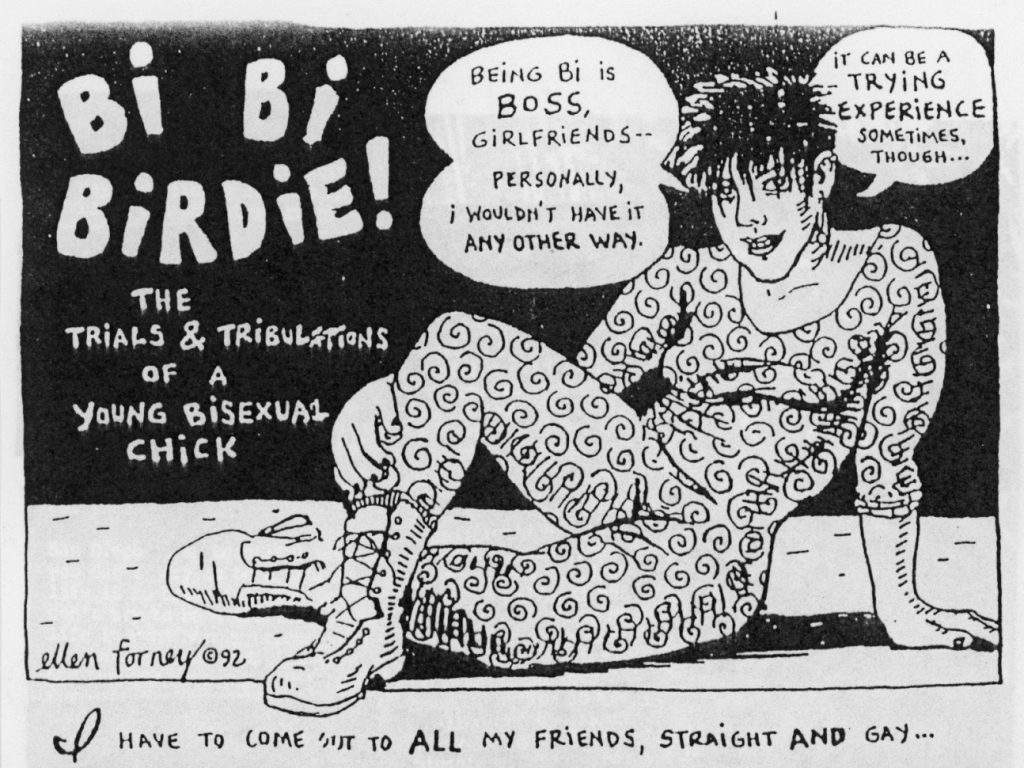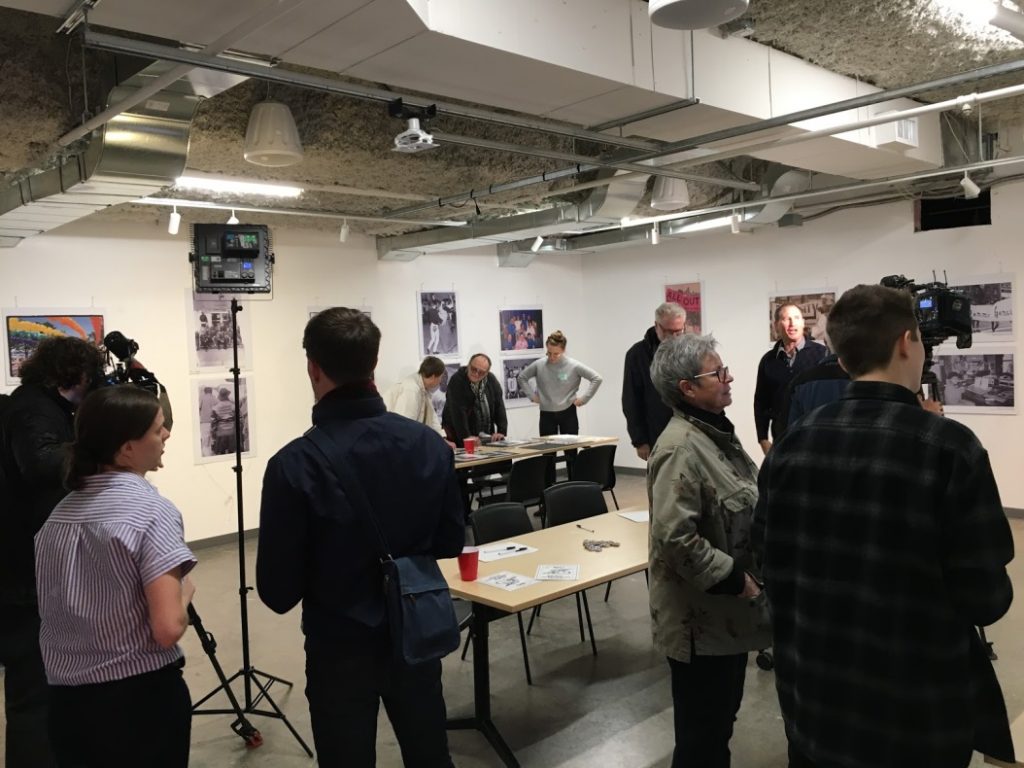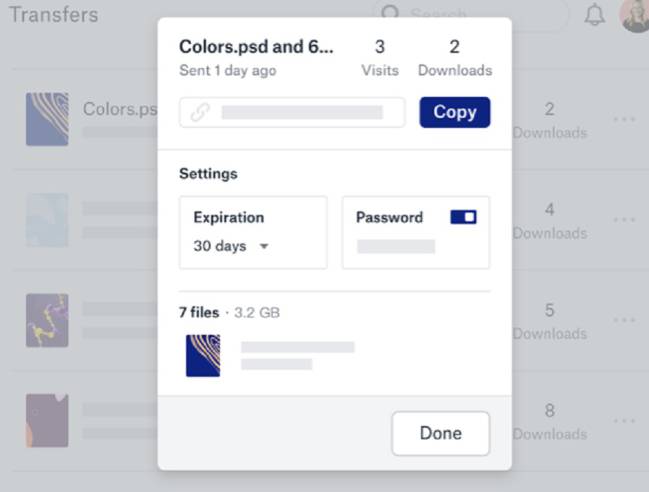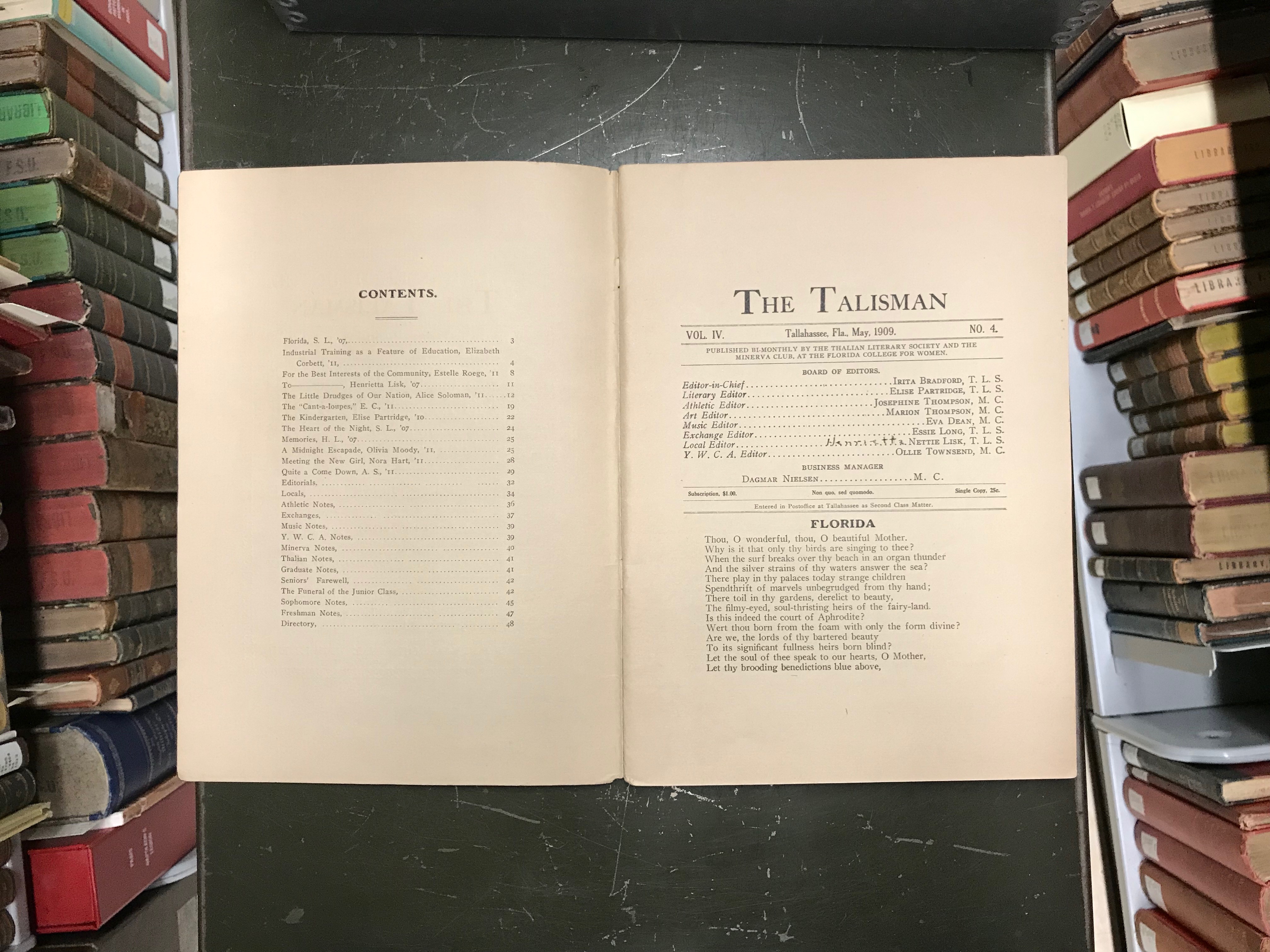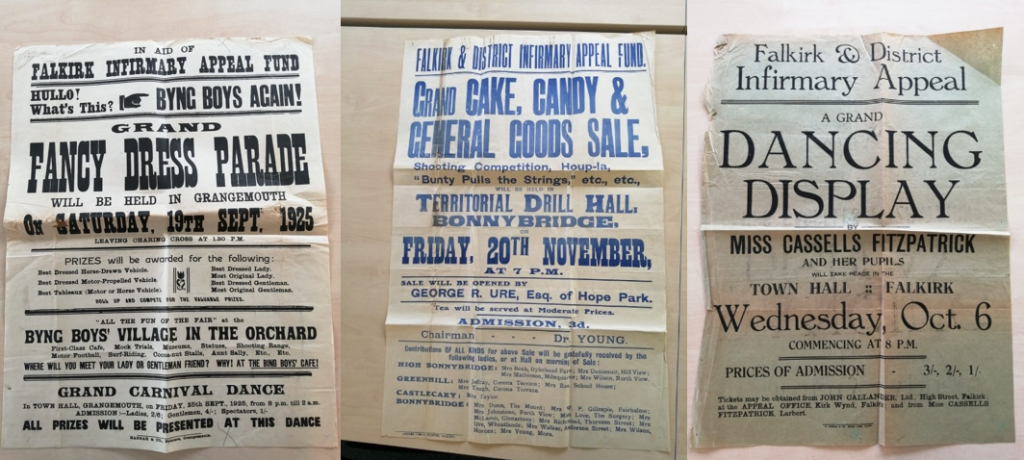From the July 1940 WQXR Program Guide:
Dr. Irwin Edman is Professor of Philosophy at Columbia University and is known throughout the country as the author of many important books, the most recent being “Philosopher’s Holiday” and “Candie in the Dark”.
There is an unformed and invisible society that would, if it were organized, consist of the Friends of WQXR. They do not all know each other, but they have a common passion, music. They respect WQXR because it has nourished their understanding of that art through making possible their daily experience of it. In those ages where the arts have flourished, they have been part of the actual lives of men and women, not the playthings of dilettantes or snobs. A Greek vase we now look at in a museum was once used by living people in their daily pleasures and their daily tasks. Men built cathedrals to pray in, painted pictures to decorate and ennoble the houses in which men and women lived. In simple societies people celebrated their feelings toward life and toward each other in poetry and told each other stories, or made and listened to songs.
The great virtue of a radio station like WQXR — and there are very few stations like it — is that once more it has brought music into the daily lives of its listeners, of men and women who are not professional musicians.
It is something, it is a very great deal, to be able to tune in at breakfast time to Mozart, to listen to Beethoven after dinner, to retrace the movements of a beloved concerto before bedtime, to familiarize one’s self with modem music on a Sunday evening, or with an opera rarely heard, on Sunday afternoon. It is a great deal to know that unfailingly, when the mood calls or the leisure permits, music is there to be listened to. But why is it that music does so much and something so distinctive for the layman?
One of the boons that music provides to the listener is a negative one. It is an escape from words. We use and hear so many words that say so little, and often with our very best efforts to speak precisely and contagiously, what we succeed in saying is only vague and dead. We turn from the contemporary horror and brutality and chaos of the world, about which men have said everything (and have said, really, nothing) to that fusion of overheard vitality and order which is music.
But music is more than an escape from words and from life. It is an escape into life, into the life of music. People who are just beginning to listen to music often think of it as a kind of soothing vagueness, “just music.” As one learns to listen, it comes to sound more precise and more intense than anything words can say, more ordered than anything we meet in the disorders of the present time, or of any time. In a world where everything seems to come out desperately wrong, good music comes out exquisitely right. It is the logic of sound. But the logic is not that of a textbook or an argument. It is an order of vitality, a rich dream of sound become organized and crystallized.
In listening to music, for the time of the listening, our own life becomes identified with the flowing life of the composition itself. We seem not only to be listening, but, with the tenderness of strings or the decisiveness of brass, ourselves to be speaking. It is as if space and things had become momentarily abolished, and the world had become a living meditation in pure tone, and the meditation our own. We hear thought in sound, where the only conflicts are those posed and revolved by the composer, through whose genius we ourselves seem to be at peace. Music thereby provides us an escape from the worrisome, the trivial, the brutal, and the urgent.
But it is also an education in an order, pure and clear, which comes to be a standard of what life itself might be. But music is not a soliloquy. It is an intense and universal experience, and one deeply shared. One feels, even listening alone, that one is sharing depths of feeling and insight with all those others who are listening too. The Friends of WQXR are part of a great society, for they are sharing, unknown to each other, the companionship of the heroic poets of sound. We turn a dial to participate in the same divinities.

